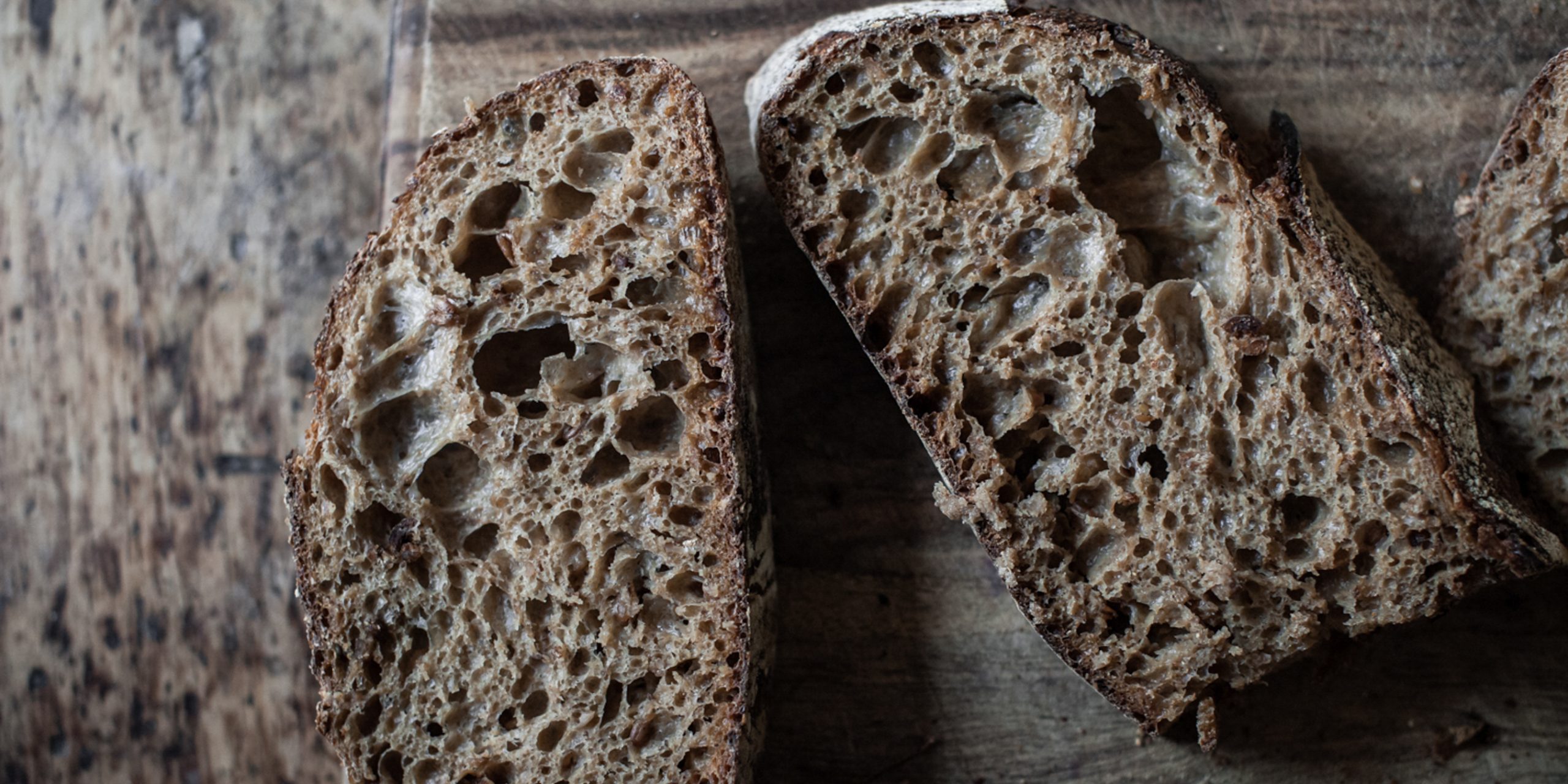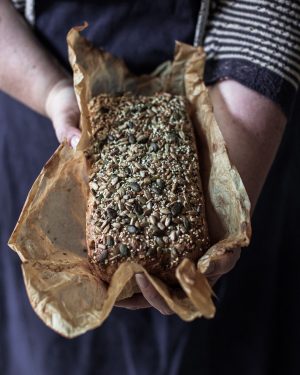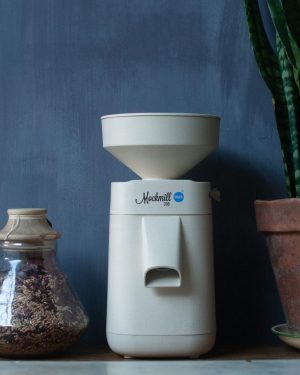So why is Sourdough bread healthier than ordinary bread?
Book a place on our Nutrition & Digestibility of Bread Diploma course
Day to day I at The Sourdough School,I teach people to make the healthiest bread in the world. I use Gut Microbiome testing and Genetic Analysis to identify specific areas where we can improve and optimise the digestibility of their bread. Many people ask me why they can digest sourdough bread, but not ordinary commercial bread. There are many reasons for this, and the answer for each person is different.

However, research (often linked with IBS) indicates that phytic acid, which is found in the bran part of wheat, can be a cause of digestive discomfort and bloating. In humans, and animals with one stomach, this phytic acid inhibits enzymes that are needed for the breakdown of proteins and starch in the stomach. This lack of enzymes results in digestive difficulties. Ironically, commercially produced wholegrain bread, generally perceived as ‘healthy’, is often the worst thing a person with a wheat intolerance can eat.
Luckily when it comes to IBS, bread and digestion we have an ally: sourdough. The wild yeast and lactobacillus in the leaven neutralise the phytic acid as the bread proves through the acidification of the dough. This prevents the effects of the phytic acid and makes the bread easier for us to digest. These phytic acid molecules bind with other minerals, such as calcium, magnesium, iron and zinc, which make these important nutrients unavailable to us. Long, slow fermentation of wheat can reduce phytates by up to 90%. There is an interesting study that compares the effects of different leavens (yeast, sourdough, and a mixture of both) on phytic acid degradation which assessed the repercussions of phytic acid breakdown on phosphorus and magnesium solubility during bread-making, that showed sourdough fermentation was much more efficient than yeast fermentation in reducing the phytate content in whole wheat bread (-62 and -38%, respectively). The lactic acid bacteria present in sourdough enhanced acidification, which lead to increased magnesium and phosphorus solubility.
Simply put, the phytase enzymes released by the yeasts as the dough acidifies effectively pre-digest the flour, which releases the micronutrients and in turn reduces bloating and digestive discomfort.
Sourdough bread also takes longer to digest; studies have shown that rye flour added to sourdough can help regulate blood sugar levels which helps ward off diabetes.
Sourdough is also a prebiotic, which helps to support the gut microbiome. It is one of the subjects that we go into detail on in the sourdough for health courses.
What are the ingredients in Sourdough?
Just flour, water and salt – all the other unnatural ingredients that commercially produced bread include are eliminated. Cheap, industrially manufactured, Chorleywood processed bread relies on enzymes, preservatives, emulsifiers and improvers to bake bread at speed. These additives are also to blame for some people’s wheat intolerance.
Is sourdough expensive to make?
No. Using ordinary strong flour means you can make an 800g loaf for as little as 28p, although I encourage my students to use organic locally milled stoneground flour if they are able to
Is sourdough easy to make?
Yes. It takes about 15 minutes spread over the course of 24 hours. Ironically sourdough has a reputation of being difficult, but it is just a matter of understanding how the dough behaves and what factors affect it.
You can learn to make sourdough at home using any of my books or healthy sourdough recipes or with The Sourdough Club’s 12 Month Online Course
References
Lopez HW, Krespine V, Guy C, Messager A, Demigne C, Remesy C. Prolonged fermentation of whole wheat sourdough reduces phytate level and increases soluble
magnesium. J Agric Food Chem. 2001 May;49(5):2657-62. PubMed PMID: 11368651.
First Published April 2014
Last updated December 2021







 Big Poops Bread
Big Poops Bread